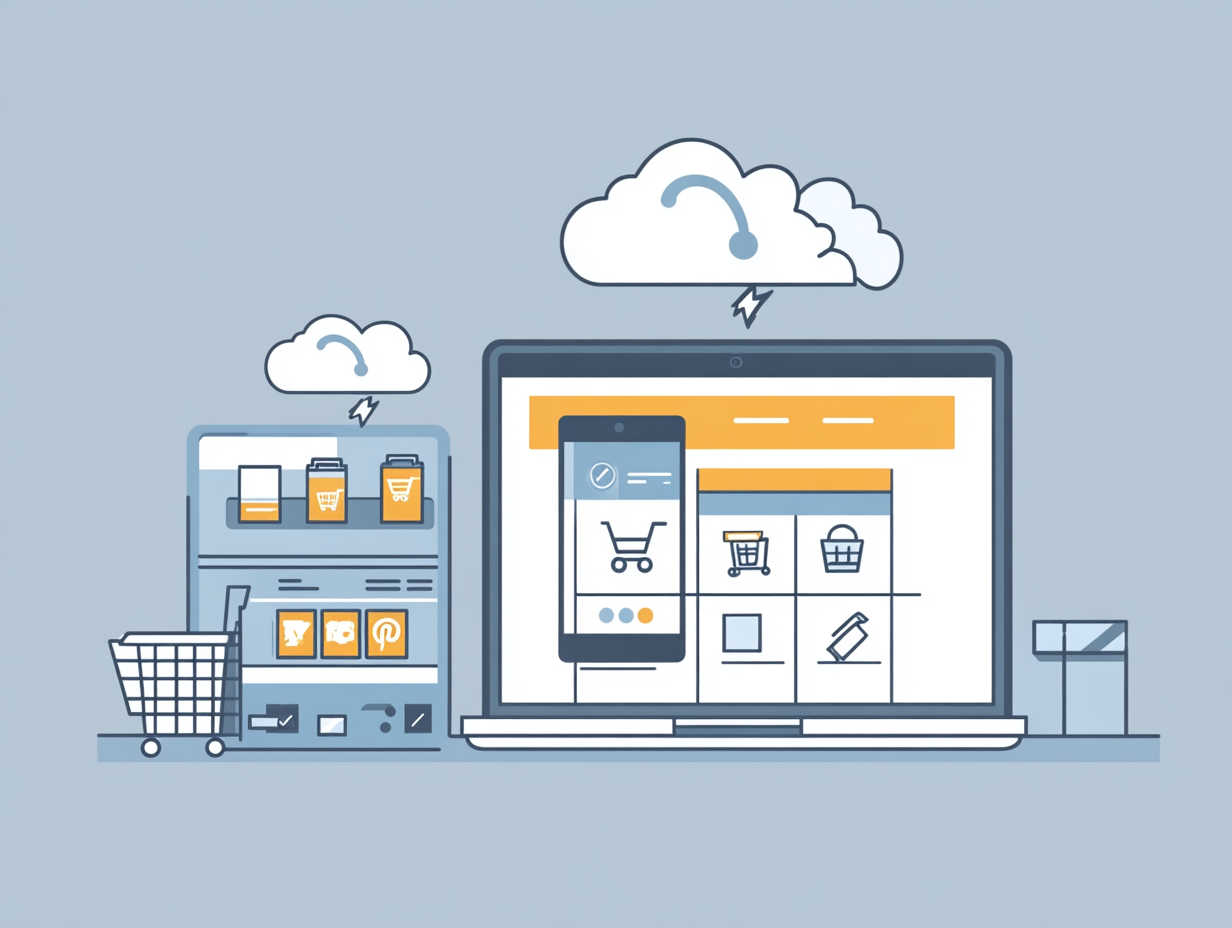1. Define Clear Objectives
Before diving into CRM implementation, take the time to clearly define what you hope to achieve. Whether it's improving customer service, increasing sales efficiency, or better data management, having specific objectives will guide the entire process and help measure success.
2. Involve Key Stakeholders
Engage all relevant stakeholders from the outset. This includes team members who will use the CRM system daily, as well as those who will be impacted by its implementation. Their input will help identify needs, address concerns, and ensure the system aligns with business processes.
3. Choose the Right CRM Solution
Selecting the right CRM solution is pivotal. Consider factors such as scalability, ease of use, integration capabilities, and cost. Ensure the CRM system aligns with your business goals and can adapt to your evolving needs.
4. Customise to Fit Your Needs
While many CRM systems offer out-of-the-box solutions, customising the system to fit your unique business processes can significantly enhance its effectiveness. Tailor features, workflows, and fields to match your specific requirements.
5. Ensure Data Quality
Data quality is the backbone of a successful CRM system. Clean, accurate, and up-to-date data will ensure that your CRM system delivers valuable insights and supports informed decision-making. Implement data validation procedures and regular audits to maintain data integrity.
6. Provide Comprehensive Training
Proper training is essential for user adoption and effective utilisation of the CRM system. Organise training sessions that cover both basic functionalities and advanced features. Provide ongoing support to help users navigate the system and address any issues that arise.
7. Integrate with Existing Systems
To avoid data silos and streamline processes, ensure your CRM system integrates seamlessly with existing systems, such as ERP, email marketing platforms, and financial software. Integration enhances data flow and ensures a cohesive view of customer interactions.
8. Monitor and Evaluate Performance
Regularly monitor the performance of your CRM system to ensure it meets your objectives. Use analytics and reporting tools to evaluate system usage, user adoption, and overall effectiveness. Gather feedback from users to identify areas for improvement.
9. Adapt and Evolve
A CRM system is not a one-time implementation but an evolving tool. Be prepared to adapt and make adjustments as your business needs change. Regularly review your CRM strategy and make updates to keep the system aligned with your goals.
10. Plan for Support and Maintenance
Finally, plan for ongoing support and maintenance of your CRM system. Establish a support team or partner with a reliable CRM provider to address technical issues, perform updates, and ensure the system remains functional and secure.
Conclusion
Implementing a CRM system can transform your business operations and customer relationships when done correctly. By following these best practices, you can ensure a smooth implementation process and unlock the full potential of your CRM system. For expert guidance and support in CRM implementation, contact us today and let us help you achieve seamless integration and optimal results.





